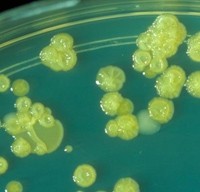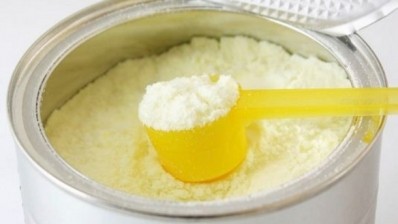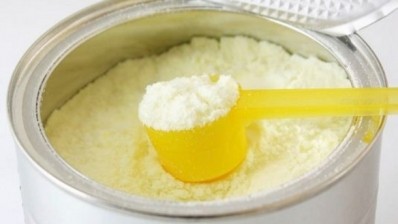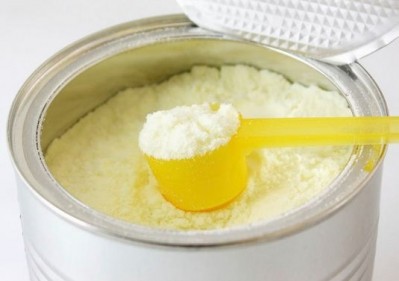FDA publishes safety-driven infant formula manufacturing final rule
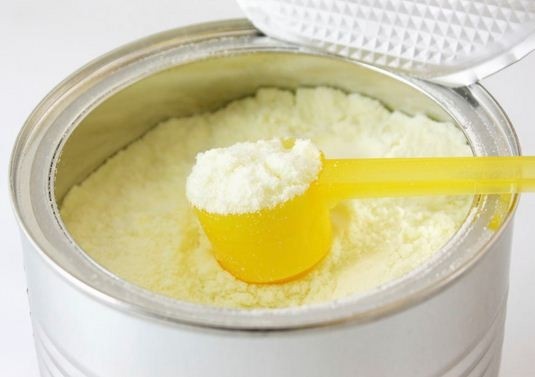
The FDA published its final rule - Current Good manufacturing Practices, Quality Control Procedures, Quality Factors, Notification Requirements, and Record and Reports, for Infant Formula - on the Federal Register today.
In it, the FDA details the establishment of current good manufacturing practices (CGMPs) specifically designed for infant formula manufacturers.
The final rule will also require manufacturers to demonstrate that their infant formula products support normal physical growth, and conduct tests - during the final product stage, before entering the market, and at the end of the products' shelf life - to ensure the nutrient content of their products meets FDA standards.
“The final rule will help prevent the manufacture of adulterated infant formula, ensure the safety of infant formula, and ensure that the nutrients in infant formula are present in a formula that is bioavailable,” says the published final rule.
“The requirements in the final rule improve protection of infants consuming infant formula products by establishing greater regulatory over the formulation and production of infant formula.”
The final rule applies only to infant formula intended for use by healthy infants without unusual medical or dietary problems.
Salmonella and Cronobacter
Under the establishment of CGMPs specifically for infant formula, US infant formula manufacturers will be required to test for harmful pathogens such as Salmonella and Cronobacter - two bacteria that can cause particularly severe illness in infants.
Cronobacter, otherwise known as Enterobacter sakazakii, can survive in very dry conditions, according to the US Centers for Disease Control (CDC). It has been found in dry foods such as powdered infant formula, powdered milk, herbal teas, and starches.
Follow-up tests on the batch of Similac in question by Abbott, FDA and CDC returned negative Enterobacter sakazakii results.
The final rule also establishes quality control procedures and record keeping, and includes requirements about how and when manufacturers must notify FDA about new formulas or major changes to formulas.
"Already voluntarily conduct"
The FDA noted, however, that many US infant formula manufacturers "already voluntarily conduct many of the CGMPs and quality control procedures included in today's final rule."
An interim version of the final rule was published in February 2014. After a comment period, the regulation was been modified and published as a final rule.
US infant formula manufacturers have been set with a date of September 8 2014 to comply with the final rule.
